Описание
Поддерживать безопасные операции и контроль коррозии
Обработка и контроль коррозийных жидкостей, таких как кислоты и основания, могут быть дорогостоящими из -за значительных эксплуатационных расходов, понесенных в результате утраченных расходов на производство и технического обслуживания, связанных с ремонтом или заменой поврежденного оборудования, часто составляя миллионы долларов. EMT имеет самый большой портфель смачиваемых материалов и решений для мониторинга коррозии для решения ваших самых сложных проблем производства.
Коррозия - это постоянная угроза, которая изводит различные отрасли, что приводит к значительным финансовым потерям и угрозам безопасности. В этом комплексном руководстве мы углубимся в тонкости мониторинга коррозии, исследуя его значение, методологии и передовые технологии. Реализуя общие здесь идеи, вы можете защитить свои активы и сохранить целостность ваших металлических конструкций.
Понимание коррозии и ее последствия
Коррозия - это естественный электрохимический процесс, который постепенно ухудшает металлические поверхности из -за факторов окружающей среды. Важно понять основные механизмы и последствия коррозии для разработки эффективных стратегий мониторинга. Некоторые ключевые моменты, которые следует рассмотреть, включают:
1. Механизмы
Существуют различные механизмы коррозии, на которые влияют различные факторы, такие как влажность, температура, химические вещества и электрические токи. Наиболее распространенные типы коррозии включают:
Равномерная коррозия: Эта форма коррозии происходит равномерно по всей поверхности металла.
Гальваническая коррозия: Гальваническая коррозия возникает, когда два разнородных металла вступают в контакт в электролите, что приводит к ускоренной коррозии менее благородного металла.
Коррозия ячейки: Коррозия, которая проявляет локализованную коррозию, характеризуется небольшими ямами или полосами на металлической поверхности.
Коррозия расщелины: Коррозия трещины происходит в ограниченных пространствах или промежутках, таких как суставы, сварные швы или внутренние месторождения, что приводит к локализованному повреждению.
2. Последствия
Коррозия может иметь серьезные последствия, в том числе:
Структурная целостность: Коррозия ослабляет структурную целостность компонентов металла, увеличивая риск сбоев и несчастных случаев.
Финансовые потери: Связанное с коррозией обслуживание, ремонт и преждевременные замены получают значительные затраты для отраслей.
Воздействие на окружающую среду: Коррозия может привести к высвобождению токсичных веществ, загрязнянию окружающей среды и угрожающей экосистемы.
Важность мониторинга коррозии
Упреждающая мониторинг коррозии играет решающую роль в смягчении побочных эффектов коррозии. Приняв комплексную программу мониторинга, вы можете определить потенциальные проблемы коррозии на ранней стадии, позволяя своевременно вмешаться. Вот почему мониторинг коррозии имеет первостепенное значение:
1. Раннее обнаружение
Мониторинг коррозии обеспечивает раннее обнаружение аномалий, связанных с коррозией, предоставляя возможность реализовать корректирующие меры до того, как произойдет существенный ущерб. Это помогает продлить срок службы активов и снижать затраты на техническое обслуживание.
2. Оптимальное планирование технического обслуживания
Монизируя скорости и модели коррозии, графики технического обслуживания могут быть оптимизированы, обеспечивая, чтобы инспекции и вмешательства проводятся при необходимости. Это предотвращает ненужное время простоя и сводит к минимуму сбои от операций.
3. Смягчение риска
Мониторинг коррозии помогает выявить области высокого риска, подверженные коррозии, позволяя выполнять целевые стратегии смягчения последствий. Обратно отдавая эти области, общий риск сбоев и несчастных случаев может быть значительно снижен.
Методы и технологии
Диапазон методов и технологий мониторинга коррозии доступен для точной оценки скорости и тяжести коррозии. Вот несколько широко используемых методов:
1. Электрохимические методы
Электрохимические методы обычно используются из -за их универсальности и точности. Эти методы включают в себя:
Потенциодинамическая поляризация: Измеряет скорость коррозии путем изучения текущего ответа на различные прикладные потенциалы.
Электрохимическая импедансная спектроскопия: Анализирует реакцию импеданса металлической системы электролита для определения характеристик коррозии.
2. Гравиметрический анализ
Гравиметрический анализ включает измерение потери веса металлического образца, подвергшегося воздействию коррозийной среды. Этот метод предоставляет ценные данные для расчетов скорости коррозии.
Неразрушающее тестирование (NDT)
Неразрушающие методы тестирования позволяют контролировать коррозию, не вызывая повреждения металлической структуры. Некоторые часто используемые методы NDT включают:
Ультразвуковое тестирование: Использует высокочастотные звуковые волны для обнаружения недостатков, измерения толщины стенки и определения повреждения коррозии в металлах.
Рентгенографическое тестирование: Включает использование рентгеновских лучей или гамма-лучей для проверки внутренней структуры компонентов металла и идентификации коррозии или дефектов.
Инспекция магнитных частиц: Использует магнитные поля и магнитные частицы для идентификации поверхностных и ближней поверхности дефектов, вызванных коррозией.
Эк вихревое тестирование: Измеряют изменения в электрических токах, индуцированных в проводящих материалах для выявления связанных с коррозией недостатков и трещин.
3Полем Коррозия купоны и зонды
Коррозионные купоны и зонды - это физические образцы или приборы, размещенные в коррозионной среде для мониторинга коррозионных показателей. Периодически изучая продукты коррозии на этих образцах, можно определить скорость ухудшения металлов.
4Полем Удаленный мониторинг и технологии датчиков
Достижения в области технологий проложили путь для удаленного мониторинга коррозии и сбора данных в реальном времени. Беспроводные сенсорные сети, устройства IoT (Интернет вещей) и программное обеспечение для мониторинга коррозии обеспечивают непрерывный мониторинг и анализ данных, предоставляя ценную информацию для упреждающего обслуживания.
Внедрение успешной программы мониторинга коррозии
1. Определить цели мониторинга
Clearly define the objectives of your corrosion monitoring program. Identify critical assets, high-risk areas, and the desired level of corrosion control to guide your monitoring efforts.
2. Select Appropriate Monitoring Techniques
Choose monitoring techniques based on the type of corrosion, environment, and specific requirements of your assets. A combination of techniques may be necessary to gain a comprehensive understanding of the corrosion process.
3. Establish Baseline Data
Collect baseline data to understand the initial corrosion conditions. This provides a reference point for future comparisons and helps identify deviations or abnormal corrosion patterns.
4. Implement Regular Monitoring and Inspection
Последовательно следить за параметрами коррозии и провести обычные проверки. Регулярный сбор и анализ данных позволяет обнаружить любые изменения или тенденции, что позволяет своевременно вмешаться.
5. Проанализируйте и интерпретируйте данные
Тщательно проанализировать собранные данные для оценки скорости коррозии, выявить потенциальные причины коррозии и оценить эффективность профилактических мер. Руководство по интерпретации данных по принятию решений для стратегий обслуживания и смягчения.
6. Внедрение профилактических мер
Основываясь на результатах мониторинга коррозии, реализуйте превентивные меры, такие как покрытия, ингибиторы, катодная защита или изменения в условиях эксплуатации. Регулярно оценивайте эффективность этих мер и корректируйте их по мере необходимости.
Заключение
Мониторинг коррозии является незаменимым аспектом поддержания целостности и долговечности металлических структур. Понимая механизмы коррозии, приняв подходящие методы мониторинга и внедряя профилактические меры, вы можете минимизировать влияние коррозии на ваши активы. Защита от коррозии не только экономит расходы, но и обеспечивает безопасность, надежность и устойчивость ваших операций.

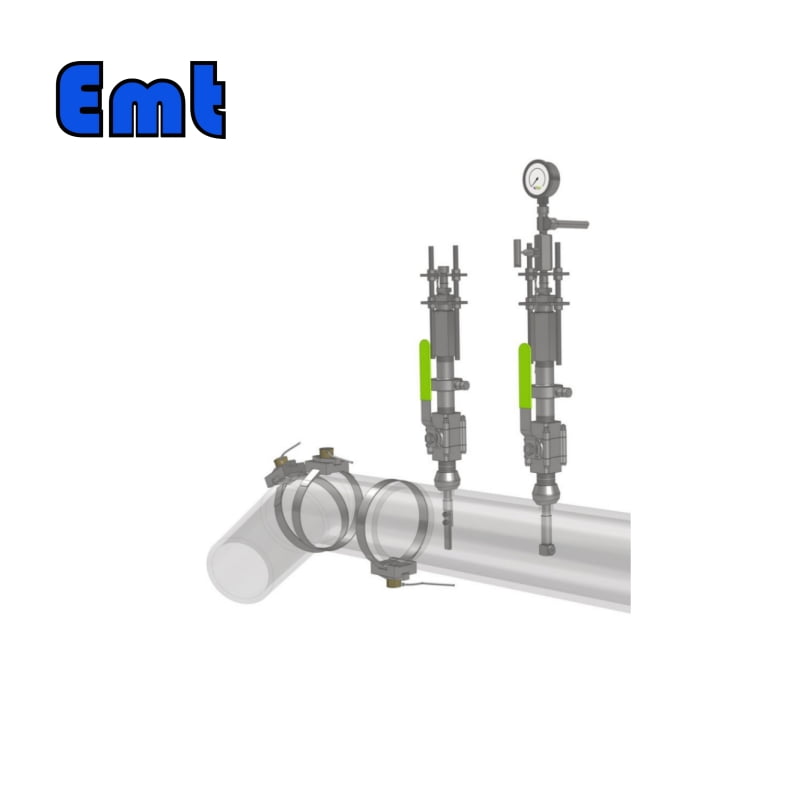
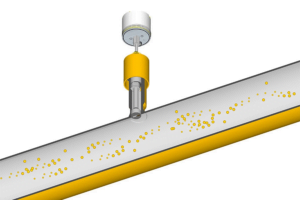
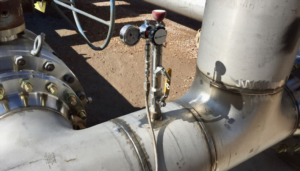
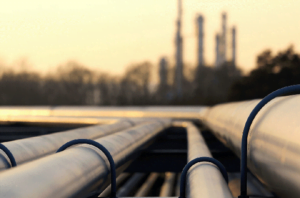
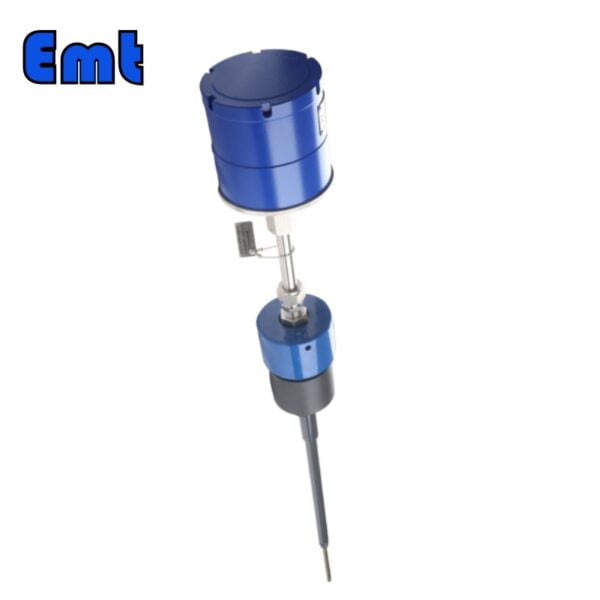

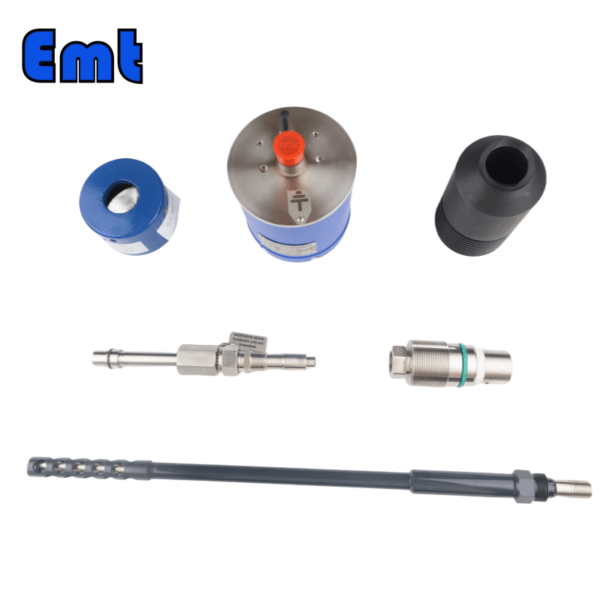
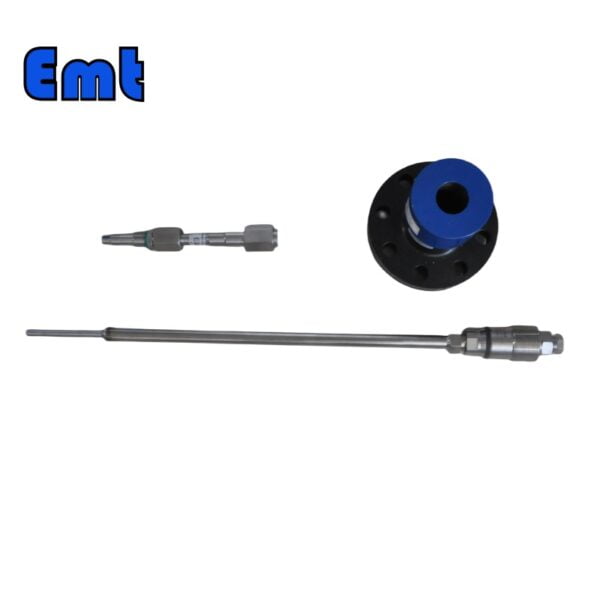
Отзывы
Пока нет отзывов.